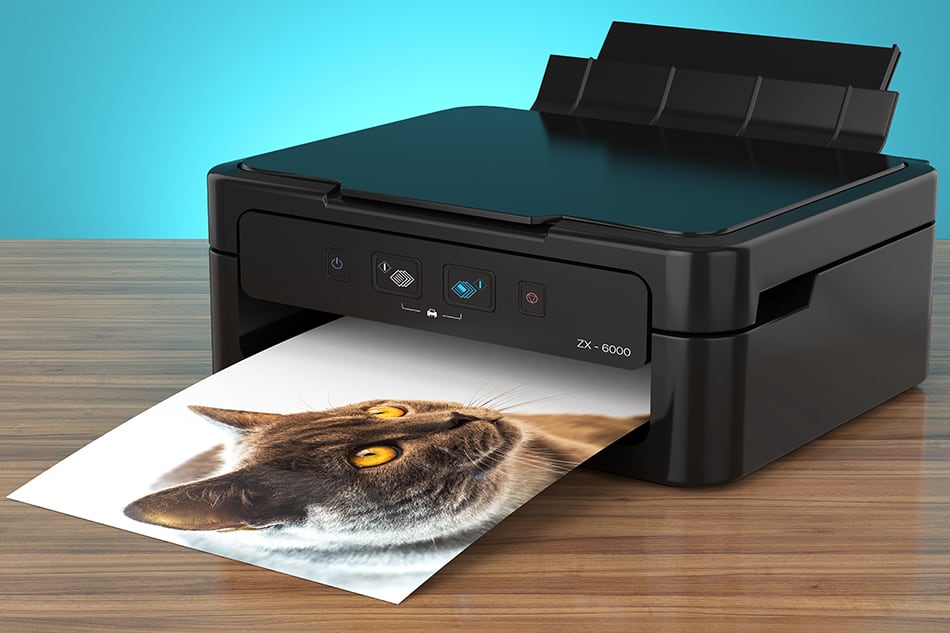Printing technology has evolved significantly over the years, offering various methods to cater to different printing needs. Two commonly used types of printers are standard printers and sublimation printers. While both serve the purpose of transferring images onto different surfaces, they employ different mechanisms and have distinct capabilities. In this article, we delve into the differences between standard printers and the different types of sublimation printers, shedding light on their functionalities, applications, and unique features.
Printing Mechanism
The fundamental difference between standard printers and sublimation printers lies in their printing mechanisms. Standard printers, also known as inkjet or laser printers, use ink cartridges or toner to print images directly onto paper or other media. The ink or toner is applied to the surface through a series of printheads that dispense the pigmented particles.
On the other hand, sublimation printers use a heat transfer process. They employ specialized sublimation inks that, when heated, transform from a solid to a gaseous state without passing through a liquid phase. The sublimation inks are transferred onto a special sublimation paper and then applied to the desired surface using heat and pressure in a separate heat press machine.
Substrate Compatibility
Standard printers are primarily designed to print on paper and other porous surfaces. They are suitable for printing documents, images, graphics, and text on standard paper, cardstock, envelopes, and labels. While some standard printers offer the ability to print on specialty media such as glossy photo paper or transparencies, their compatibility is limited compared to sublimation printers.
Sublimation printers, on the other hand, are specifically designed to print on sublimation blanks or surfaces that have been specially coated to accept sublimation inks. These surfaces include polyester fabrics, ceramics, metals, hardboard, and certain polymers. The sublimation process allows the ink to permeate the surface, resulting in vibrant, long-lasting, and fade-resistant prints.
Colour Vibrancy and Durability

When it comes to colour vibrancy and durability, sublimation printers have a clear advantage over standard printers. Sublimation inks, when transferred onto polyester or sublimation-coated surfaces, bond with the fibres or coating at a molecular level. This results in vibrant, high-resolution prints that are resistant to fading, cracking, or peeling. The durability of sublimation prints makes them suitable for various applications, including apparel, home decor, promotional items, and personalized gifts.
Standard printers, while capable of producing high-quality prints on paper, may not offer the same level of colour vibrancy and durability as sublimation prints. The prints from standard printers are more susceptible to fading over time and may not withstand frequent washing or exposure to external elements.
Versatility
Standard printers are generally more versatile in terms of the range of media they can accommodate. They can print on various paper sizes, cardstocks, envelopes, transparencies, and even some specialty media like fabric transfers or photo paper. This versatility makes them suitable for office documents, marketing materials, presentations, and basic photo printing.
Sublimation printers, on the other hand, are more specialized and limited in terms of media compatibility. They are specifically designed for sublimation printing on sublimation blanks and polyester fabrics. While sublimation printing offers a broader range of applications such as personalized apparel, home decor, and promotional items, the media compatibility is more focused.
Standard printers and sublimation printers serve different purposes and cater to distinct printing needs. Standard printers are versatile and widely used for printing documents and images on paper and various media. Sublimation printers, on the other hand, are specialized for sublimation printing on sublimation blanks and polyester fabrics offering a vibrant, durable, and long-lasting prints.

